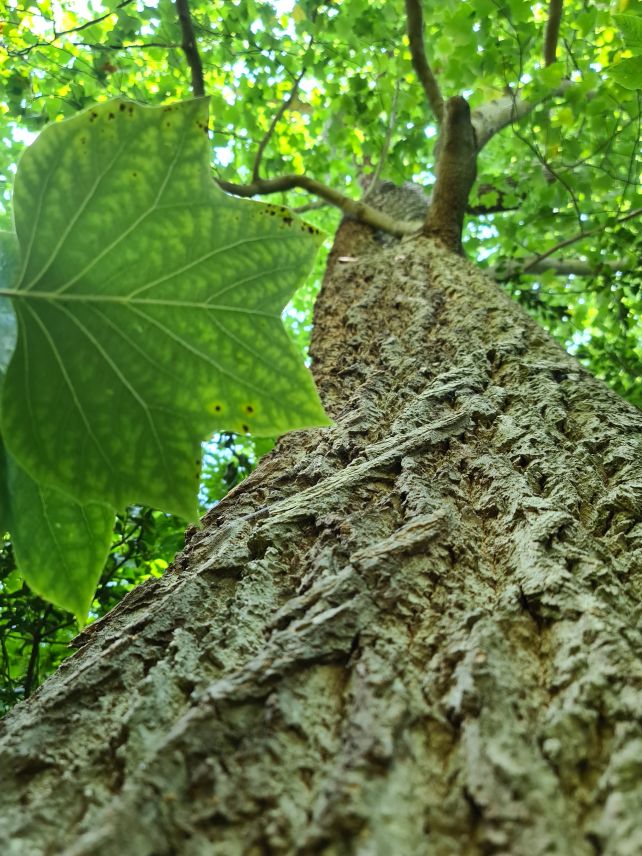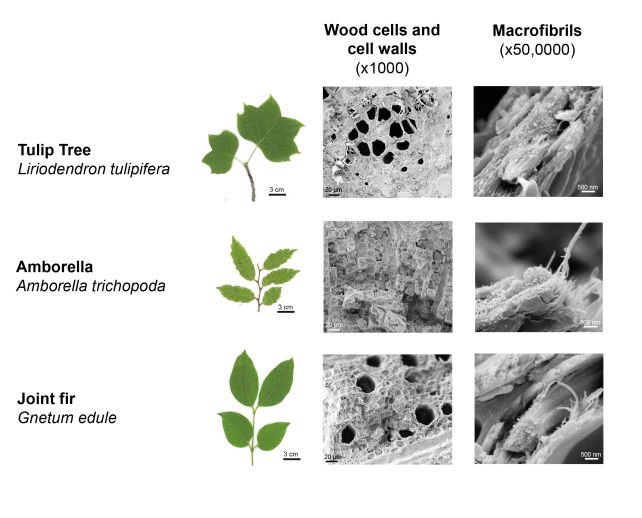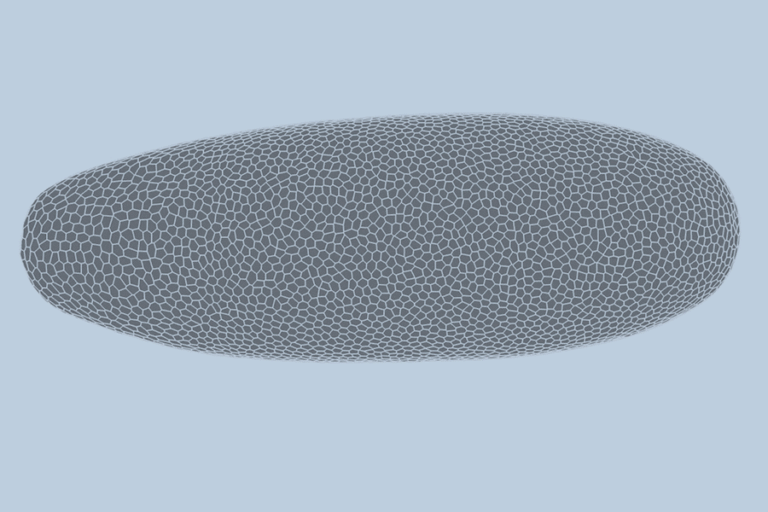A wood that could revolutionize carbon storage

In many gardens, the tree known as the tulip tree, belonging to the genus Liriodendron, stands out for its beautiful flowers and foliage. However, researchers have recently discovered an intriguing secret about the wood of these trees: it is not classified as hardwood or softwood, but as a wood with intermediate characteristics, a previously unknown category. This wood, according to studies, demonstrates a remarkable ability to sequester and store carbon.
The revelation was made by Jan Łyczakowski, from the Jagiellonian University in Poland, and Raymond Wightman, from the University of Cambridge in the UK. They suggest that this efficiency in storing carbon is linked to the size of the macrofibrils present in tulip wood.
These macrofibrils are long filiform bundles composed of cellulose, much larger than those found in hardwood trees.
“Both tulip species are known to be exceptionally efficient at carbon fixation, and their enlarged macrofibril structure may be an adaptation to help them more readily capture and store larger amounts of carbon when atmospheric carbon availability was being reduced,” explains Łyczakowski.
This characteristic puts tulips in the spotlight as potential allies in carbon capture projects. East Asian countries are already using Liriodendron plantations for this purpose, taking advantage of the tree’s efficiency in sequestering carbon. “Some East Asian countries are already using Liriodendron plantations to capture carbon efficiently, and now we think this may be related to their new wood structure.”

There are two species of tulip: Liriodendron tulipifera and Liriodendron chinense, whose lineages go back 30 to 50 million years, when they split from the genus Magnolia. This period coincides with a drastic reduction in atmospheric carbon dioxide, possibly related to the emergence of tulips. “This may help explain why tulips are highly effective at storing carbon,” Łyczakowski notes.

Macrofibrils, which are found in the secondary cell walls of woody plants, are fundamental to the structure of plants, providing the rigidity necessary for their support. These secondary cell walls, formed after the primary walls, are rich in woody biomass. However, until now, little was known about this specific structure.
The discovery was the result of a detailed study that analyzed the evolution of the structure of plants, including softwood species such as pine trees and hardwood species such as oak and birch. Using scanning electron cryomicroscopy (cryo-SEM), the researchers were able to examine the cell walls of plants in their natural state, avoiding the drying that normally occurs in wood samples.
The study revealed that the differences between angiosperms (flowering plants) and gymnosperms (seed plants) are not always clear-cut.

As well as identifying a new type of wood, the research also found two gymnosperms of the genus Gnetum with secondary cell walls similar to those of woody angiosperms, an example of convergent evolution, where different species develop similar characteristics independently. These findings broaden our understanding of the evolutionary relationships between plant cell wall composition and wood nanostructure.
These findings have significant implications for a number of areas, from biology to engineering. “The main building blocks of wood are the secondary cell walls, and it is the architecture of these cell walls that gives wood the density and strength we depend on for construction,” says Łyczakowski.
“Secondary cell walls are also the largest repository of carbon in the biosphere, which makes it even more important to understand their diversity in order to promote our carbon capture programs and help mitigate climate change.”
The research has been published in New Phytologist.






